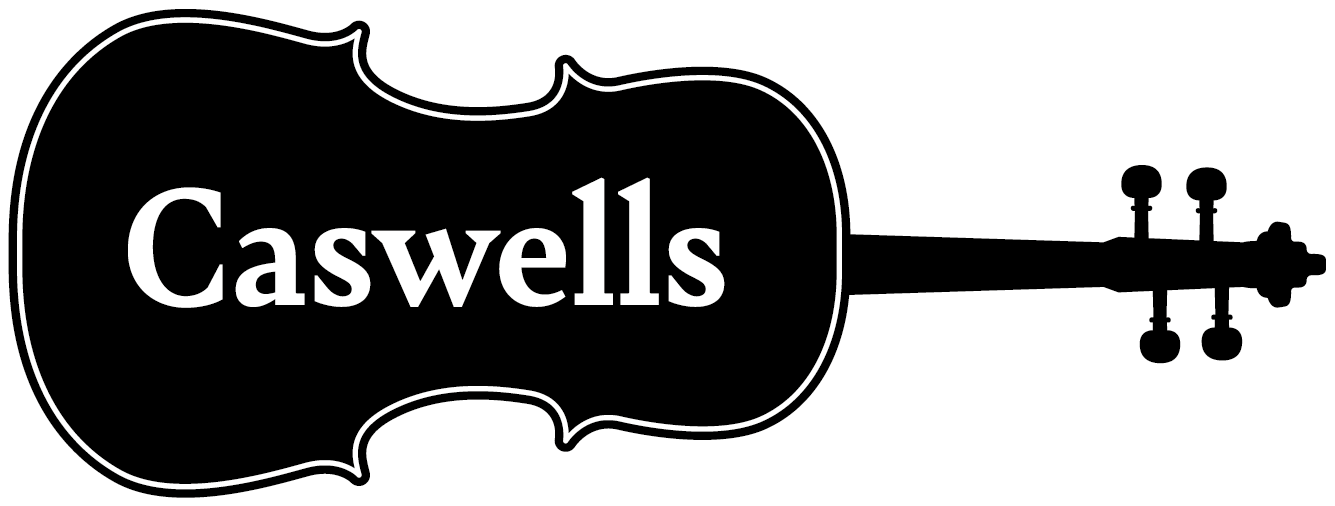 We often get asked about the origin of violins and cellos and, of course, the name Antonius Stradivari inevitably come up – seemingly the only well-known Italian violin master, of which there were many!
We often get asked about the origin of violins and cellos and, of course, the name Antonius Stradivari inevitably come up – seemingly the only well-known Italian violin master, of which there were many!
Bowed instruments had been made and played for centuries, but there is little doubt that the violin we recognize today originated in the mid-1500s from the town of Cremona in Italy. Probably the first maker in Cremona to offer a recognisable instrument was the master luthier Andrea Amati who died in 1661. Many members of the Amati family continued to make violins, but the most famous was Andrea’s grandson, Nicola Amati. Nicola enlarged the small pattern used by his father and added refinements that are copied to this day. From his workshop, Nicola passed his knowledge on to two well-known makers Stradivari and Guarneri, who also refined and stamped their own genius on the construction of fine instruments. Antonius Stradivarius stands out supreme as the master, who made Violins, Violas, Cellos, and even Guitars – and so well known to anyone who is interested in the violin family. Other famous makers, however, emerged in Cremona, including the famous Carlo Bergonzi the ‘makers, maker’, for such was his skill that modern luthiers study his instruments to this day.
Thus, Cremona quickly become the home of the most famous instruments throughout Europe and elsewhere, and this ‘Golden Age’ of violin making produced the greatest violins the world has ever known. Played by many famous soloists they continue to fascinate and enthral – and also fetch huge sums of money if and when they are ever offered for sale.
By the middle of the 18th century, Amati, Stradivari, Guarneri and Bergonzi were gone and Cremona lost its pre-eminence and prominence as a violin making centre. Other towns in Italy and abroad, often trained at Cremona, became more prominent. Turin became the next great Italian centre of violin making, followed by Venice, Parma, and Milan, all basically following the pattern laid down by the old Cremonese masters. Other famous Italian makers those instruments are sought after to this day – Gagliano, Gasparo da Salo, Maggini, Guarneri and Montagnana, to name just a few, and each stamped their individual genius on their instruments
In the 19th century there arose a huge industry in Germany and France to satisfy the greatly increased demand worldwide for good instruments at acceptable prices. These were exported throughout the world well into the 20th century to England, all the British colonies, USA and, indeed within Europe itself. These well-made workshop instruments emanating from many centres including Miracourt in France, Mittenwald and Markneukirchen in Germany, impacted the Italian violin market, where instruments were still being hand-crafted by individual makers rather than on an industrial scale – and Italy lost its prominence for centuries.
The tradition, however, lived on as modern makers in Italy still focus on individual hand-craft techniques and Cremona has become once again a prestigious violin making centre. Using the patterns of the ‘golden age,’ with meticulous workmanship and skilful selection of superior tonewoods, makers are producing instruments that would impress even the great masters! Thus, violins from Cremona and other centres in Italy are held in high esteem by today’s players, and regularly fetch the highest prices in the auctions




